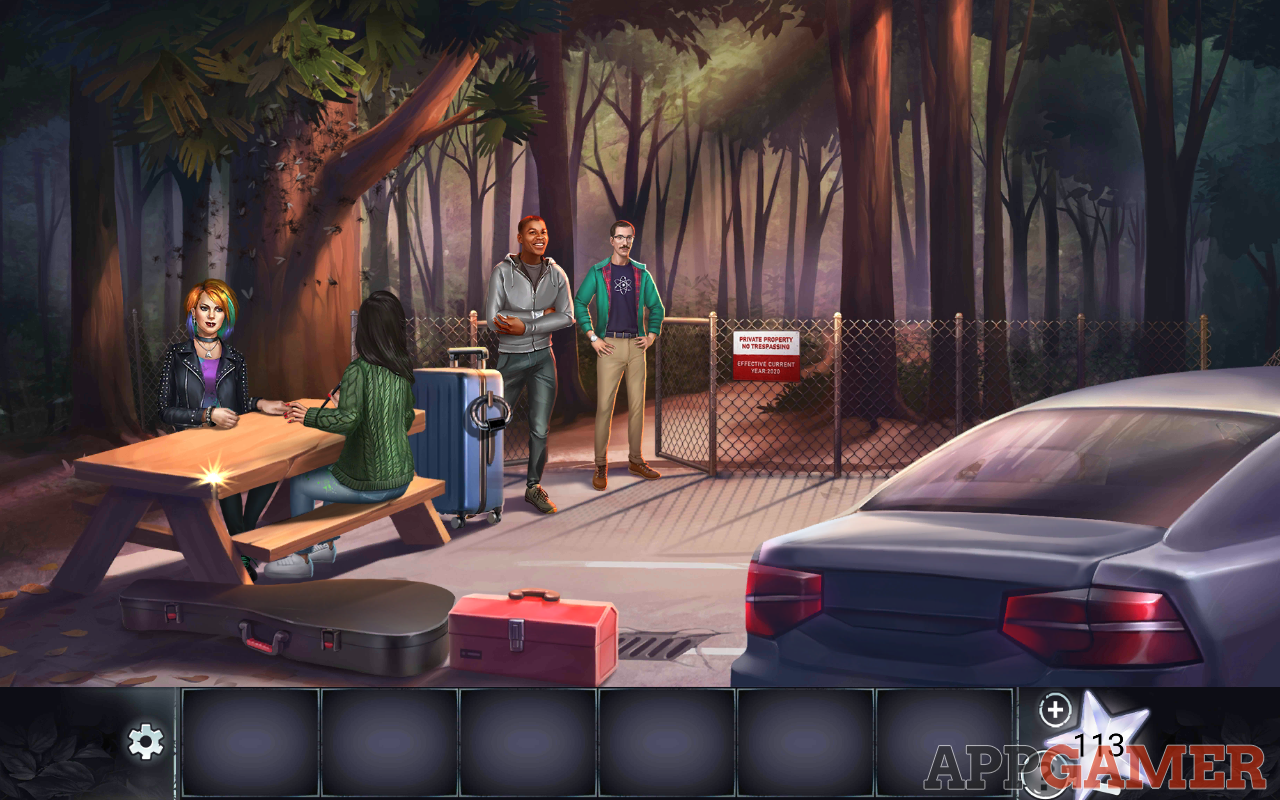Embark on an extraordinary literary journey with ae mysteries clue chapter 3, where enigmatic clues intertwine with captivating character development, creating a mesmerizing narrative that will keep you enthralled from beginning to end.
Prepare to delve into a realm of mystery, where each page unravels a tapestry of intrigue and suspense, leaving you yearning for more.
Mystery Elements

Chapter 3 of “ae mysteries clue” introduces several unique mystery elements that contribute to the overall atmosphere and suspense of the chapter. These elements include:
Symbolism
- The use of light and darkness throughout the chapter creates a sense of mystery and foreboding. The darkness represents the unknown and the dangers that lurk within it, while the light represents hope and safety.
- The recurring motif of water symbolizes both life and death. Water can be a source of sustenance and purification, but it can also be a source of danger and destruction.
- The presence of mirrors throughout the chapter suggests that there is more to the story than meets the eye. Mirrors can reflect both the truth and the illusion, and they can be used to deceive or to reveal.
Foreshadowing
- The chapter opens with a description of a dark and stormy night, which foreshadows the events that are to come. The storm represents the turmoil that is brewing within the characters and the dangers that they will face.
- The appearance of a mysterious stranger who warns the characters of danger foreshadows the arrival of a greater threat. The stranger represents the unknown and the dangers that can come from outside forces.
- The discovery of a hidden room in the house foreshadows the revelation of a dark secret. The hidden room represents the secrets that the characters are keeping from each other and the dangers that can come from keeping those secrets hidden.
Character Development: Ae Mysteries Clue Chapter 3

In Chapter 3, the protagonist’s character undergoes significant development as they navigate the complexities of the mystery and their personal relationships. Their motivations, actions, and interactions shape the narrative, driving the plot forward and adding depth to the characters involved.
Motivations
The protagonist’s primary motivation in Chapter 3 is to uncover the truth behind the mysterious events that have transpired. Their determination to solve the mystery stems from a deep sense of justice and a desire to protect those they care about. As they delve deeper into their investigation, their motivations become more complex, including a need for self-discovery and a desire to confront their own past.
Actions
The protagonist’s actions in Chapter 3 are driven by their motivations. They embark on a series of investigations, interviewing suspects, examining evidence, and following leads. Their actions are often impulsive and reckless, as they are eager to uncover the truth and bring justice to those who have been wronged. However, as they progress, they learn to be more strategic and calculated, balancing their desire for justice with the need for caution.
Interactions
The protagonist’s interactions with other characters in Chapter 3 play a crucial role in shaping the narrative. Their relationships with friends, family, and potential suspects influence their decisions and provide insight into their character. Through these interactions, the protagonist learns to trust others, rely on their support, and navigate the complexities of human relationships.
Setting and Atmosphere

Chapter 3 of AE Mysteries: Clue unfolds in two distinct settings: the grand estate of Blackmoor Manor and the surrounding desolate moorlands. These environments play a pivotal role in shaping the mood and tone of the chapter, contributing to a sense of mystery, isolation, and impending danger.
Blackmoor Manor, Ae mysteries clue chapter 3
- An imposing Victorian mansion shrouded in shadows and secrets.
- Vast, labyrinthine interiors with creaking floorboards and dusty tapestries.
- Dimly lit rooms illuminated by flickering candlelight, casting eerie patterns on the walls.
- Hidden passages and secret chambers, adding to the manor’s air of mystery and intrigue.
Desolate Moorlands
- A vast, unforgiving expanse of rolling hills, barren vegetation, and ominous fog.
- Windswept and desolate, with the constant threat of rain or snow.
- Jagged cliffs and treacherous bogs create a sense of isolation and danger.
- The moorlands serve as a metaphor for the characters’ inner turmoil and the secrets they hold.
The interplay between these settings creates a vivid and immersive experience for the reader. The grandeur and opulence of Blackmoor Manor contrast sharply with the desolate and unforgiving nature of the moorlands, mirroring the duality of the characters’ lives and the secrets they keep.
Clues and Deductions

Chapter 3 introduces several crucial clues that contribute to the unraveling of the mystery. The characters meticulously examine these clues and engage in logical reasoning to piece together the puzzle.
Clue Analysis
– Hidden message in the diary: A coded message found in the victim’s diary becomes a key piece of evidence. The characters use their knowledge of cryptography to decipher the message, revealing a potential suspect’s involvement.
– Bloodstain patterns: A detailed analysis of bloodstains at the crime scene provides valuable insights into the sequence of events. The characters deduce the victim’s movements and the assailant’s actions based on the blood spatter patterns.
– Fingerprint on the murder weapon: A fingerprint found on the murder weapon links it to a specific individual, providing a crucial lead in identifying the killer.
– Motive and opportunity: The characters explore the victim’s relationships and past conflicts to establish potential motives for the murder. They also examine the suspects’ whereabouts and alibis to determine their opportunity to commit the crime.
Deductive Reasoning
The characters employ deductive reasoning to connect the clues and draw logical conclusions. They:
– Establish a timeline: Based on the bloodstain patterns and witness statements, the characters reconstruct the sequence of events leading up to the murder.
– Eliminate suspects: By carefully considering the clues and motives, the characters eliminate suspects who lack a clear connection to the victim or the crime.
– Identify the killer: Through a process of elimination and logical reasoning, the characters narrow down the suspects and ultimately identify the individual responsible for the murder.
Effectiveness of Clues
The clues presented in Chapter 3 are carefully crafted to provide sufficient information without being overly obvious. They require careful analysis and interpretation by the characters, engaging the reader in the deductive process. The clues effectively lead to the resolution of the chapter’s central conflict, providing a satisfying conclusion to the chapter’s mystery.
Closing Summary

As the curtain falls on ae mysteries clue chapter 3, readers are left with a lingering sense of anticipation, eager to unravel the secrets that lie ahead. This chapter sets the stage for an unforgettable literary experience, promising an intricate web of clues, compelling characters, and a setting that will transport you to a world of mystery and intrigue.
FAQ Resource
What is the significance of the unique mystery elements in ae mysteries clue chapter 3?
The unique mystery elements in ae mysteries clue chapter 3 contribute to the overall atmosphere and suspense of the chapter. They create a sense of intrigue and uncertainty, keeping readers on the edge of their seats as they try to unravel the truth.
How does the character development in ae mysteries clue chapter 3 shape the narrative?
The character development in ae mysteries clue chapter 3 is integral to the narrative. The protagonist’s motivations, actions, and interactions shape the plot and create a sense of connection between the reader and the characters.




